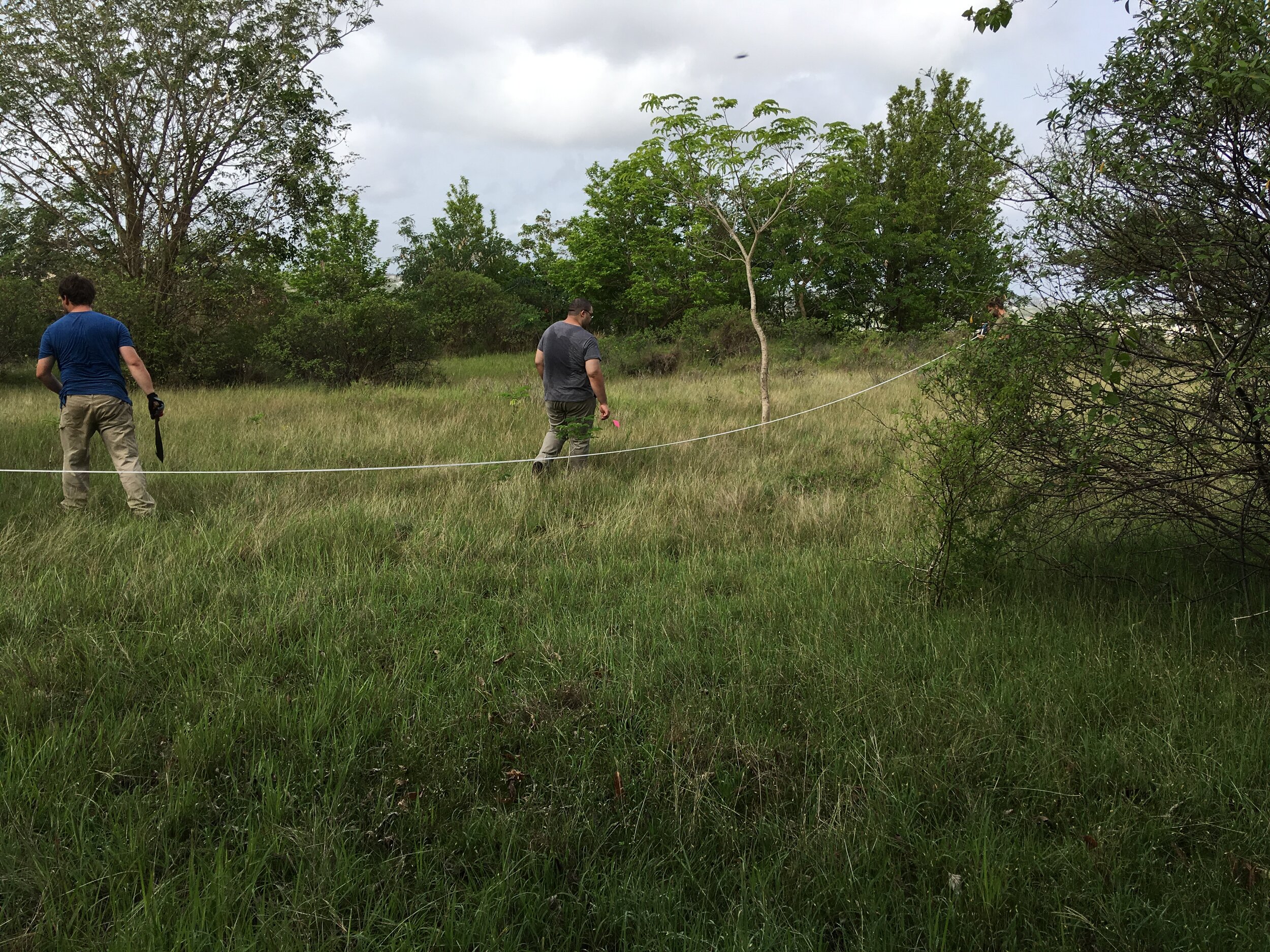Unearthing Voices
Title
Unearthing Voices —
An Interdisciplinary Archaeology Project
Year
2016
Medium:
Collaboration
Dimensions:
N/A
Photo Credit:
N/A
For several years, I have been collaborating with archaeologist Dr. Matthew Reilly (CUNY, USA), on an interdisciplinary project called Unearthing Voices. This collaboration links archaeology, heritage studies, and contemporary art practice to explore the material heritage of Barbados as well as emerging responses of a community engaging with that heritage.
The project recognises the need to create discursive spaces, within and across nations and disciplines, to create valuable opportunities for the next generation to build new understandings of complex histories, by exploring and challenging traditional concepts of ‘community’, 'art practice' and ‘heritage’.
An initial investigative dig in September 2014 on Walkers Dairy, St. George, Barbados - the site of my home and studio took place under the guidance of Professor Niall Finneran and post graduate candidate Lucy Willans, both of Winchester University, UK. Since then, Dr. Reilly has coordinated summer field sessions with small groups of his students to participate in community archaeological digs to uncover the remains of original plantation buildings, associated artifacts and ideally, the sites of enslaved/indentured villages. Unearthing Voices’ ‘field school’ offers long term excavation opportunities on the site for extended periods during the summer breaks.
Almost 2,000 artifacts have been collected and labeled and they are currently stored at the archive of the Barbados Museum and Historical Society.
Under the guidance of Assistant Professor, Dr. Matthew Reilly, CUNY, who manages these annual summer field sessions at Walkers Dairy, one goal is to locate the site of an enslaved village on the land and tell a larger story about this site.
Dr. Reilly reflects on the 2019 summer session:
While our survey strategy has yet to determine the precise location of the village for the enslaved, the material culture recovered is bringing to light the human presence of those who lived and labored at Walkers from the 17th century to the present. Household items and things used during work hours in the fields, including plates, bowls, bottles, drinking glasses, and clay tobacco pipes, are beginning to tell the story of what life was like on this former sugar plantation. Additionally, with recovery of an abundance of clay pots associated with sugar production, we may have uncovered evidence of long-term local ceramic production or perhaps a moment in time in which planters abandoned the use of sugar pots in the production process. These positive results indicate that more work is needed to explore the human stories of those who inhabited the grounds of Walkers.





















